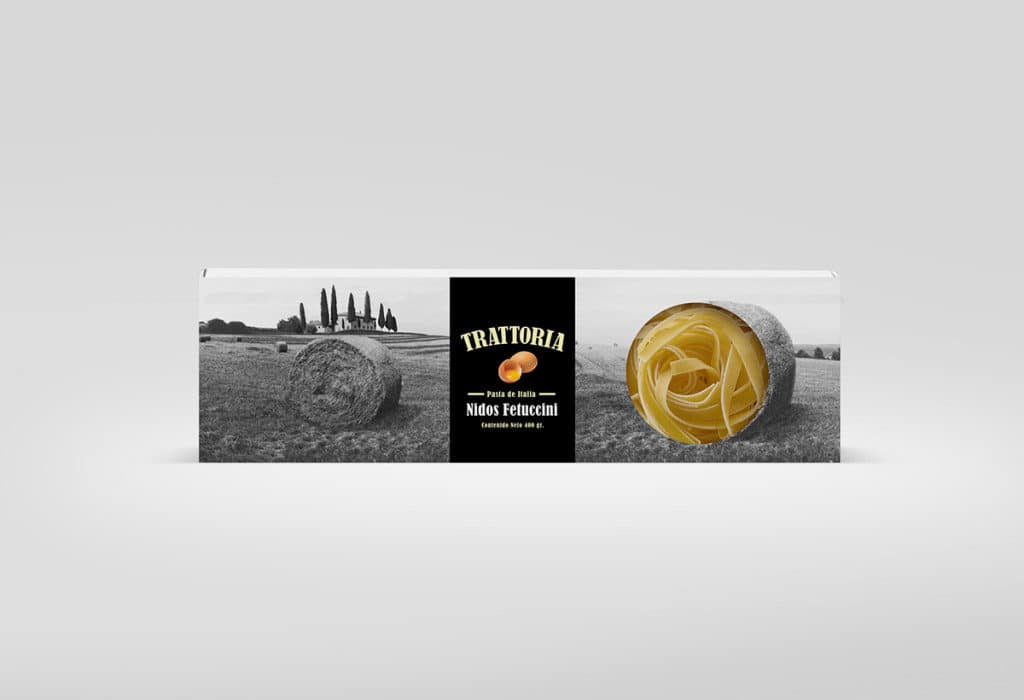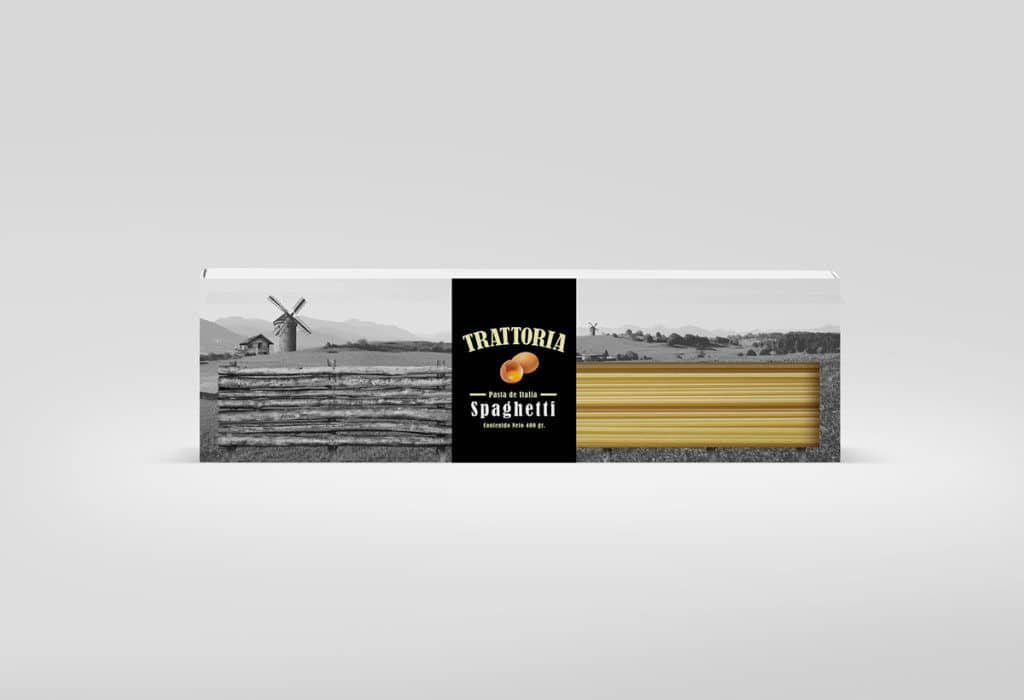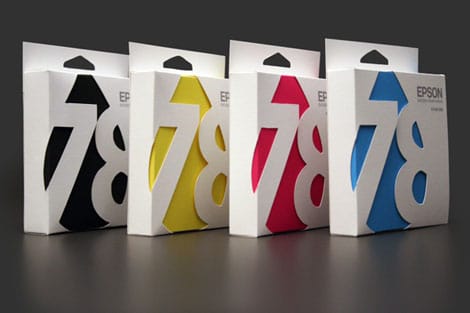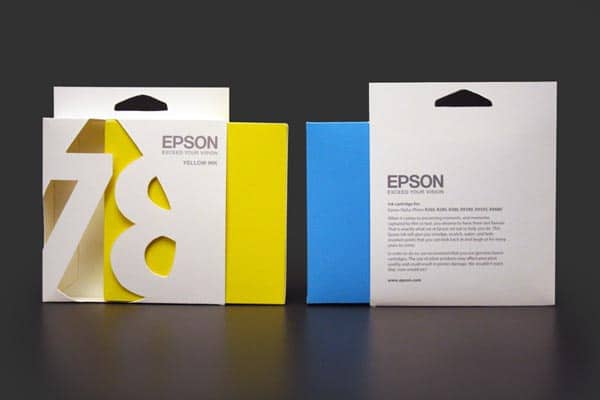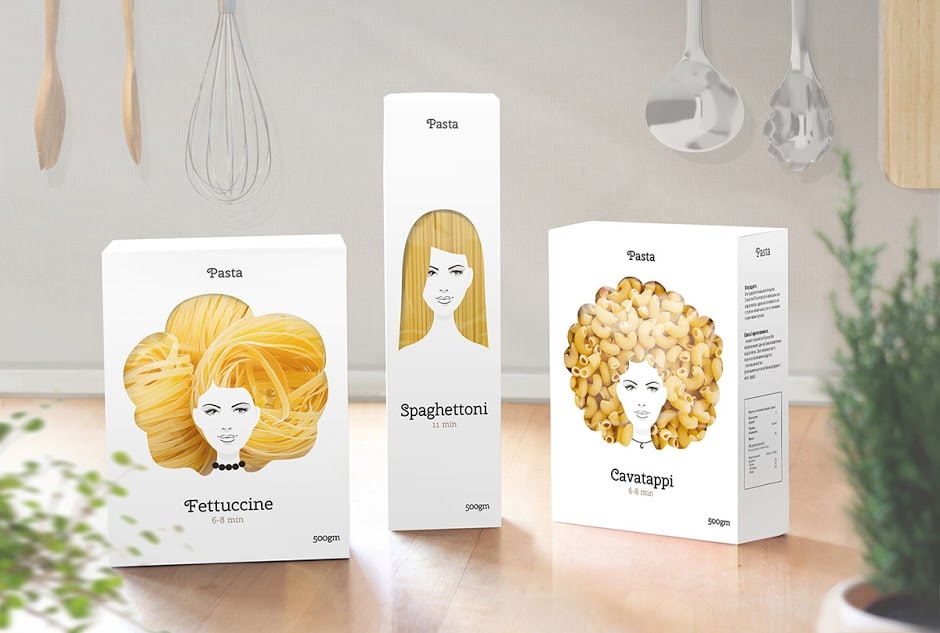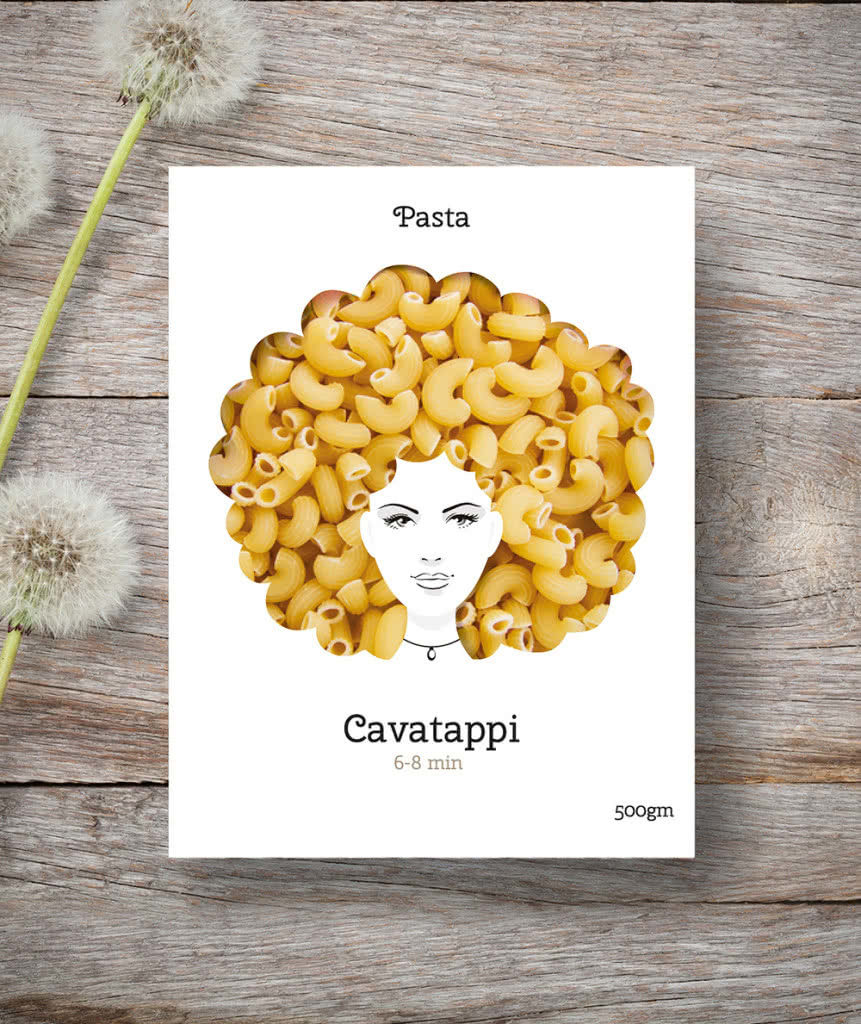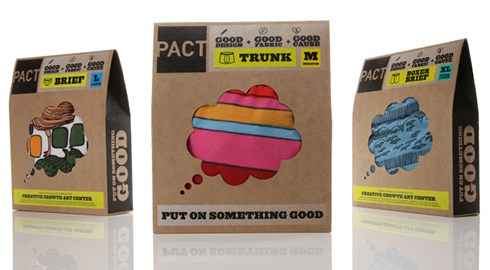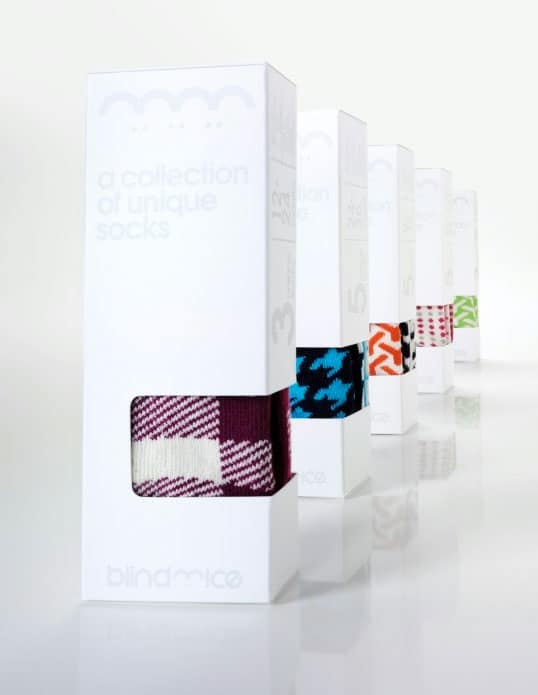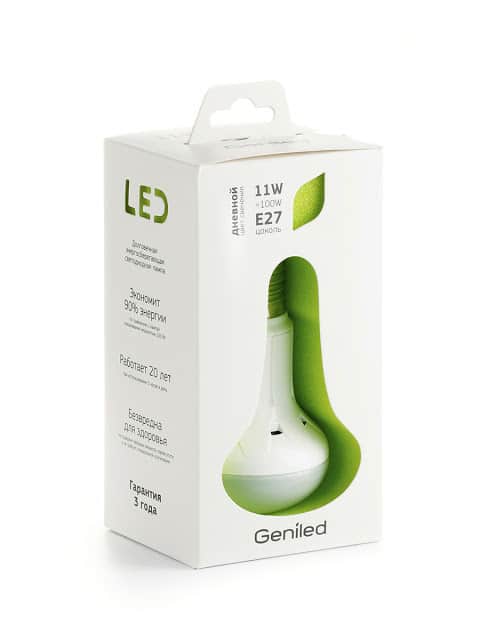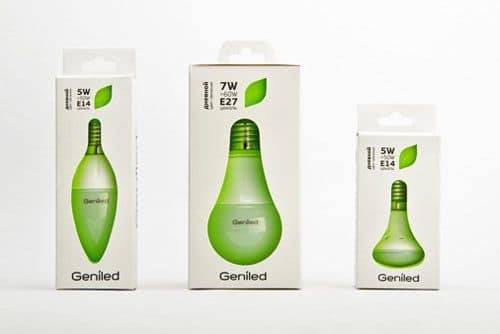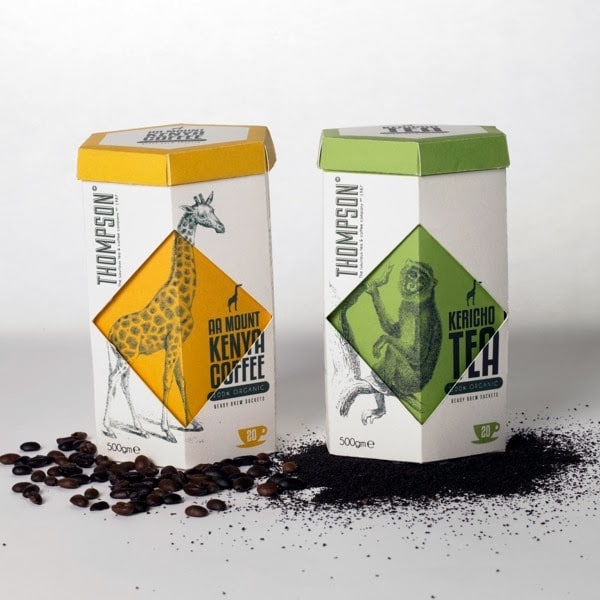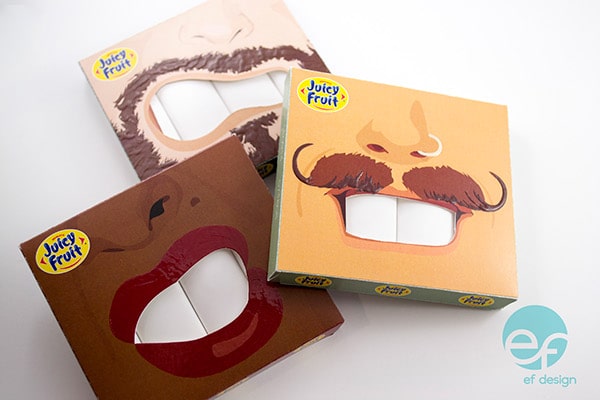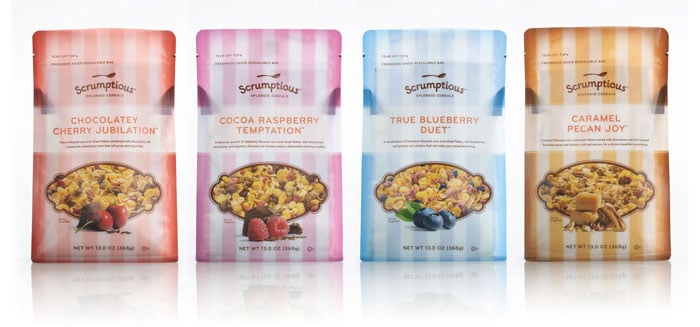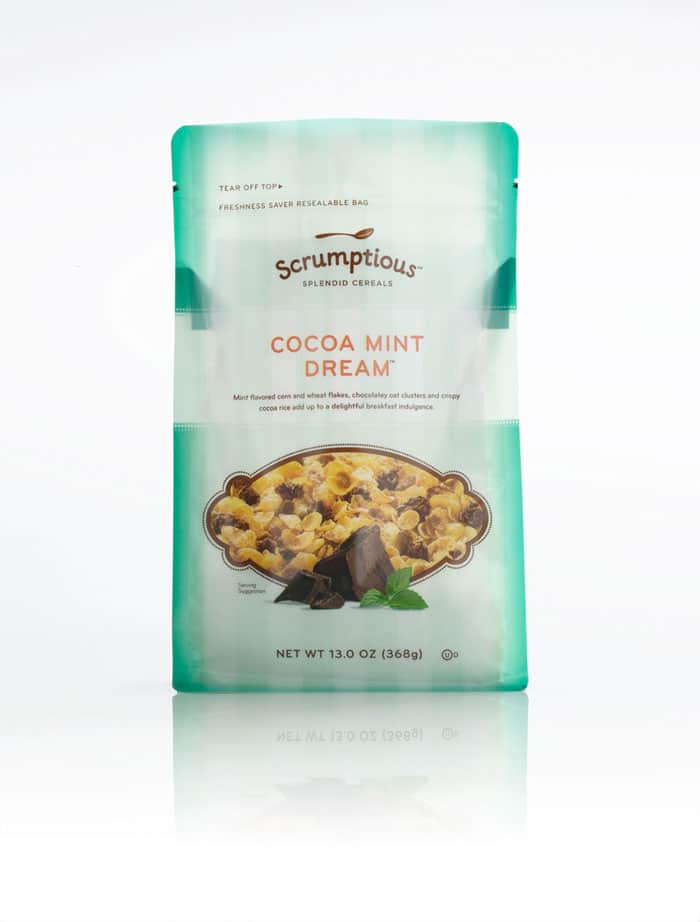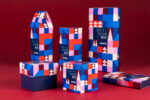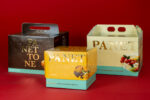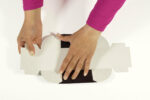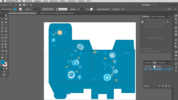Windowing design requires an accurate study from both a structural and graphical point of view. During this process, specific technical and aesthetic needs dictate all the choices. It’s therefore important to address those needs to find the most suitable design solution.
Windowing implies the removal of material from the box and the application of a plastic film. These openings, especially when big, can cause the box to lose rigidity. Sometimes, the insertion of a fictitious window should be considered. This solution is a clever compromise between technical and aesthetic needs, but other reasons could also come into play, such as the desire to facilitate disposal.
The simulated windowing is a graphical representation of an opening that may or may not show the real product. The achievable shapes, both for real and simulated windowing, can be simple, complex, functional or abstract and represent a great opportunity to communicate with the consumers.
Real windowing is often used to give a sneak peek of the product inside by inserting one or more windows. The opening also allows the users to see the amount of product left at the time of use.
Besides functionality, the use of carvings also involves the sensory sphere since it represents not only a visual but also a tactile experience that guarantees greater involvement. Touching a product or having a direct interaction with it can favor its purchase.
Windowing is an element with a strong visual impact and therefore offers many marketing opportunities. It can reinforce the brand’s image and promote sales. The combined use of real and simulated windowing increases the packaging’s communicative potential.
The collection of boxes shown below are perfect examples of how correct and creative use of windowing can make a difference in the presentation of a product.
Design and print your own custom packaging in minutes with Packly!




